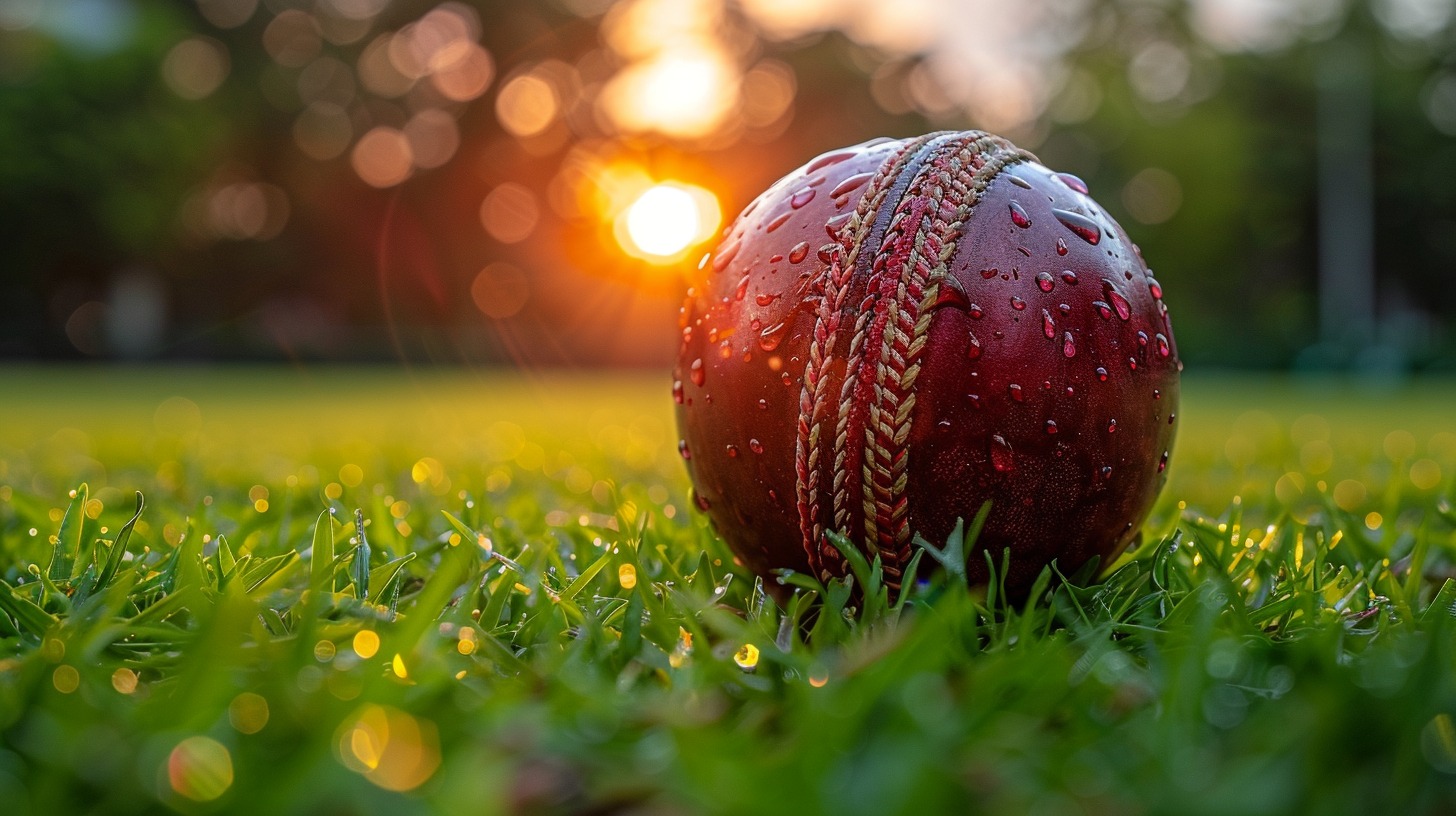
What is cricket, and how is it played
Cricket is quintessentially an English sport, serving not only as England’s national pastime but also as a cultural cornerstone in India, where many consider it the country’s biggest “religion.” Watching cricket matches in India often becomes a family event, and discussions about the latest games are common in workplaces and social gatherings. To help you engage in these conversations, we present a guide to the basic rules and regulations of cricket today, as well as an overview of how cricket scoring works.
7 Basic Rules of Cricket
- Understanding the basics of cricket isn’t complicated. The essential equipment includes a ball, a bat, and accessories. These are the fundamentals that will help you grasp the rest of the game.
- Cricket is a team sport, with two teams of 11 players each. The team comprises batsmen, bowlers, and a wicketkeeper wicketkeeper.
- Matches are typically played on a large circular or oval-shaped field, with a smaller inner oval featuring a 22-yard pitch at its center. At each end of the pitch, you’ll find a set of three wickets topped with two wooden bails.
- The game is divided into sections called balls, each consisting of a single delivery from the bowler to the batsman. Six balls make up an over.
- An innings consists of a specified number of overs or a predetermined amount of time. One Day International features 50 overs per inning, 20 matches have 20 overs per inning, and Test matches span five days with 90 overs played each day.
- During an innings, the batting team has two batsmen on the pitch, while the 11 players of the opposite team take positions around the field as fielders. One fielder bowls the ball, and another acts as a wicketkeeper wicketkeeper stationed behind the wickets.
- The game is supervised by two on-field umpires who are responsible for making crucial decisions that impact the cricket results. Additionally, a third umpire watches the game on a screen to assist with close or disputed calls.
Basic Cricket Rules and Regulations
- Fielding Restrictions
Fielding in cricket has specific rules to ensure fairness and prevent any unsportsmanlike strategies. The bowling team consists of a bowler, a wicketkeeper wicketkeeper, and nine fielders, who change positions as the overs progress. Fielding positions stipulate that only two fielders can be placed between the square leg and long stop, and no fielder can be on the pitch until the batsman plays the ball.
There are distinct rules for men’s and women’s cricket. In 2015, the latest powerplay rules removed the batting powerplay and allowed five fielders outside the circle in the last 10 overs. The powerplay regulations are as follows:
- during the first 10 overs of an innings, a maximum of 2 fielders can be outside the 30-yard circle.
- among overs 11 and 40, a maximum of 4 fielders can be outside the 30-yard circle.
- in the final 10 overs (41–50), a maximum of 5 fielders are permitted outside the 30-yard circle.

- Penalty Balls
Cricket includes three types of penalty balls:
- no ball: A no ball awards one run to the batting team. It occurs if the bowler oversteps the front crease with the front foot or lands the back foot outside the return crease. Runs from no balls are added to the team’s score separately from the batsman’s score. A no-ball also occurs if the ball is above the waist of the striker or does not bounce on the pitch. It is followed by a “free hit,” where the batsman cannot be dismissed except by runout or stumping. No balls are recorded against the bowler for accuracy in bowling statistics.
- dead ball: This occurs when the ball bounces twice or more before reaching the batsman’s crease. No extra run or free hit is awarded, but an additional ball is served.
- wide ball: A wide ball grants one run to the batting team. It is called when the ball is too far from the batsman or above the head, without any part of the batsman’s body or equipment making contact. The batting team gets an extra ball to replace the wide ball. Wide balls are also recorded against the bowler for accuracy in statistics.
- Bye and Leg Bye
- bye: A bye is scored when a ball, not struck by the bat or touching any part of the batsman’s body, allows the batsman to run and score. If the ball reaches the boundary, the team is credited with four runs. These runs are recorded separately from the batsman’s individual score.
- leg bye: A leg bye occurs when the ball hits any part of the batsman’s body who shows an intent to play the ball, allowing them to run and score. If the ball reaches the boundary, four runs are awarded to the batting team. These runs are recorded as leg byes.


